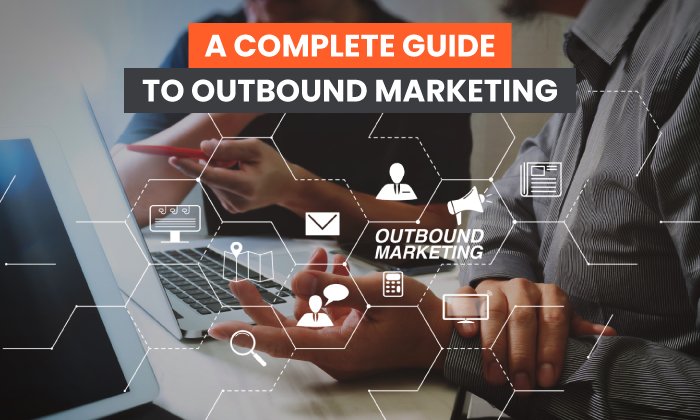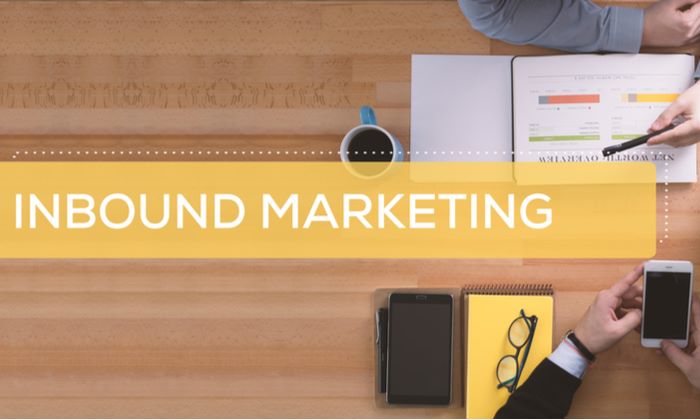Is Email Marketing Inbound or Outbound? 10 Examples & Top Differences

By elliemirman@gmail.com (Ellie Mirman)
Forget the dress debate that broke the internet a few years ago. Forget whether you heard Yanny or Laurel from a computer-generated voice. The matter we are settling in the next great debate — is email marketing inbound or outbound?
There are many ways to market a product or service, including search engine marketing (SEM), content marketing, social media marketing, and email marketing. The concept of inbound and outbound applies to most of them, but how does it apply to emails?
Read on to learn more about inbound and outbound emails and how these methods are applied to marketing today.
Inbound marketing is a business methodology that attracts customers by creating valuable content and experiences tailored to them. It includes blog posts, social media posts, infographics, and — you guessed it — emails.
Email marketing is the process of targeting your audience and customers through email. The statistics on email are impressive and lend to its importance as a marketing tool. With 4 billion daily email users, it is necessary to focus on strategy and best practices to reap the benefits of improved sales, generated traffic, increased leads, and more.
Is email marketing inherently inbound? Melanie Attia of Campaigner states, “Email marketing is about engaging in a dialogue which is both inbound and outbound.” However, Justin Premick of AWeber Communications would tell you that “if you’re doing email marketing right, it’s inbound.”
To better understand the differences between inbound and outbound email marketing, we’ll look at three aspects for each:
- Audience & Engagement
- Reach & Speed
- Cost
Inbound Email Marketing Audience & Engagement
Inbound email marketing follows the marketing funnel — a content plan for every stage of the buyer’s journey. The steps are attracting strangers, engaging prospects, and securing customers.
The first stage of this process is to build brand awareness through blog posts, social media, and SEM. It trickles into the second step where customers express interest. They opt in to join email lists or follow a social media account. Inbound email marketing takes place during this stage. Because inbound marketing sends messaging to interested parties, marketers increase their chances of having customers complete the buyer’s journey with a purchase.
Inbound Email Marketing Reach & Speed
With inbound marketing, the goal is to attract an interested audience. Content, such as blog posts and social media posts, is meant to draw in potential customers. This process takes time. It can take months and years to build an email list of thousands. The same growth happens a lot more quickly for outbound email marketing.
Inbound Email Marketing Cost
While cost does not affect whether email marketing is inbound or outbound, there is a difference between the two methods. Inbound marketing costs 62% less than outbound marketing for a few reasons. First, the ROI …read more
Source:: HubSpot Blog










